
Liners and bases
Dr. Amer Abd Aljabbar

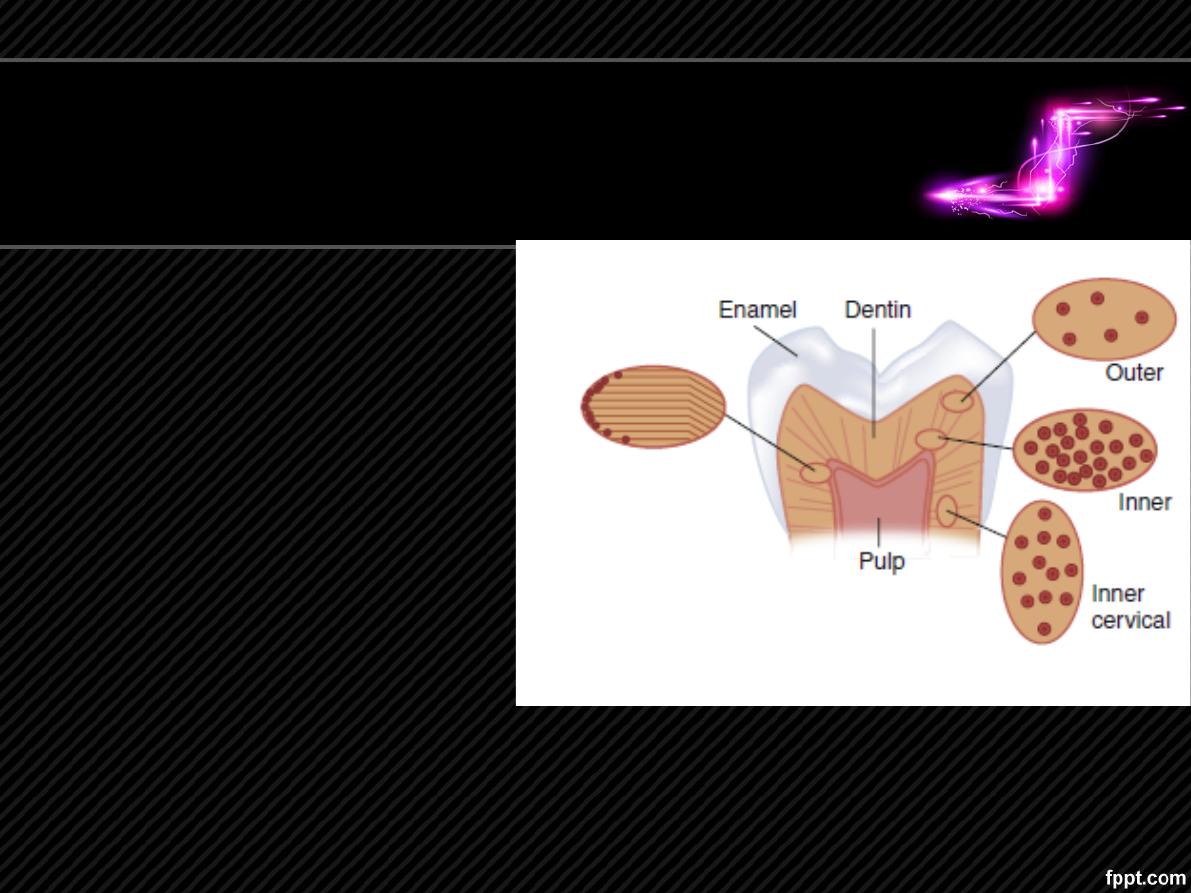
The Tooth Physiology
•
•
The tooth is a
living organ.
Enamel and dentin
are not compact
organs.
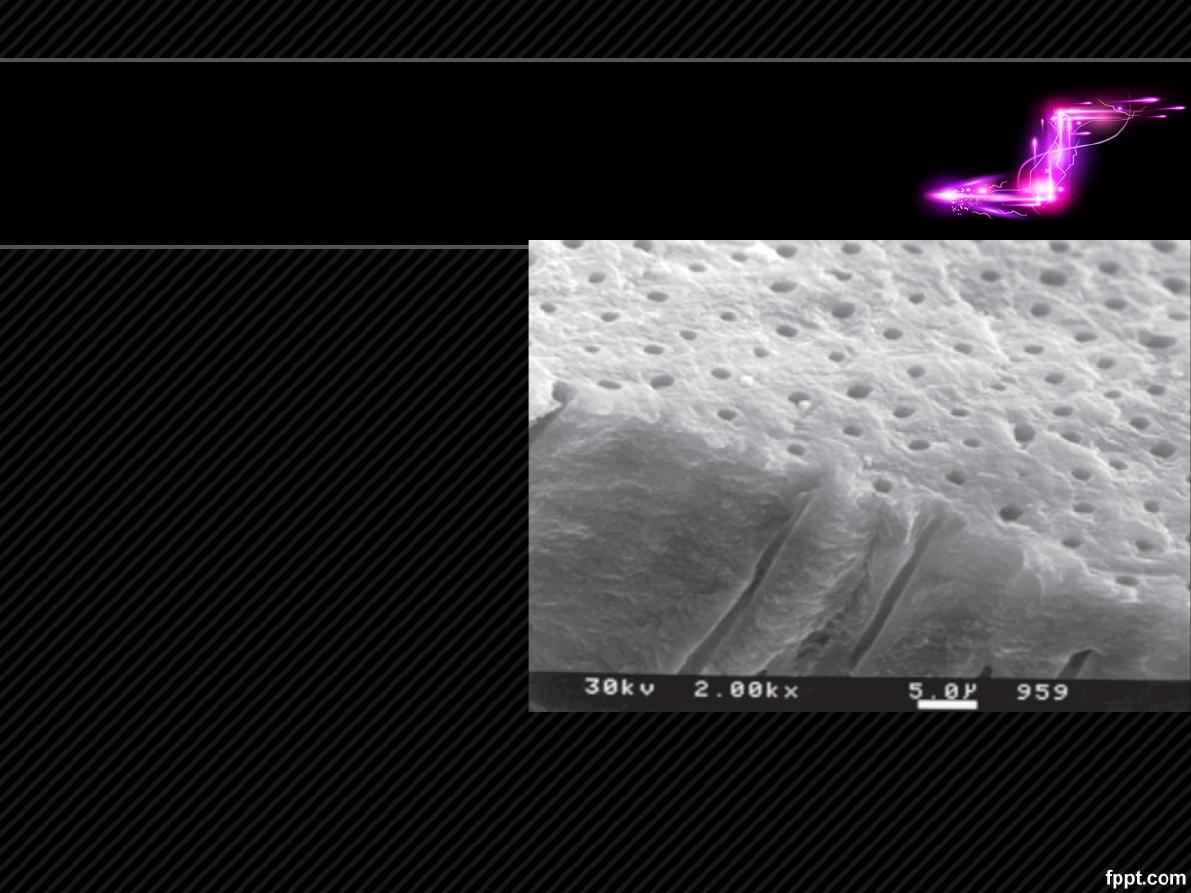
• Scanning electron
microscope showing
the spongy
appearance of the
dentinal surface
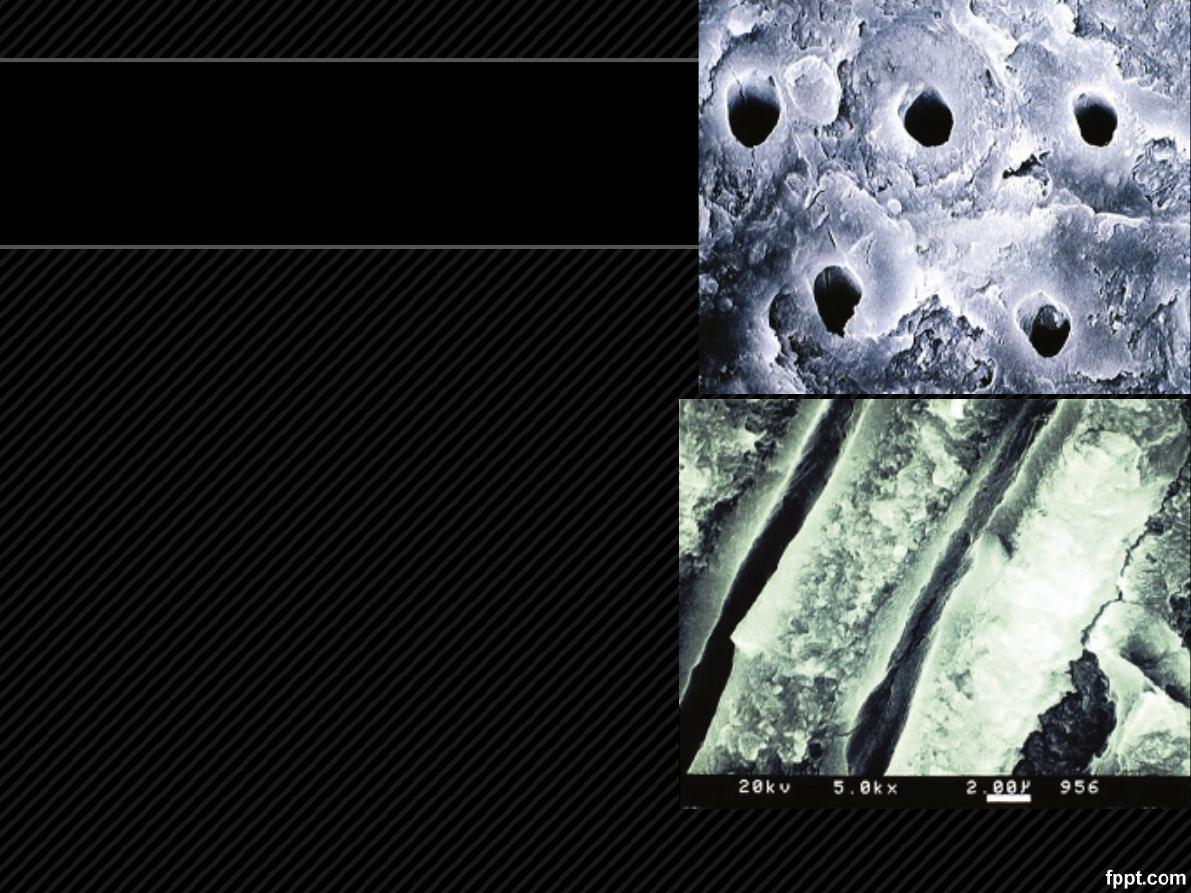
• These orifices represents
the ends of the dentinal
tubules, while the
embedded channels
represents the home of
the odontoblast cells.
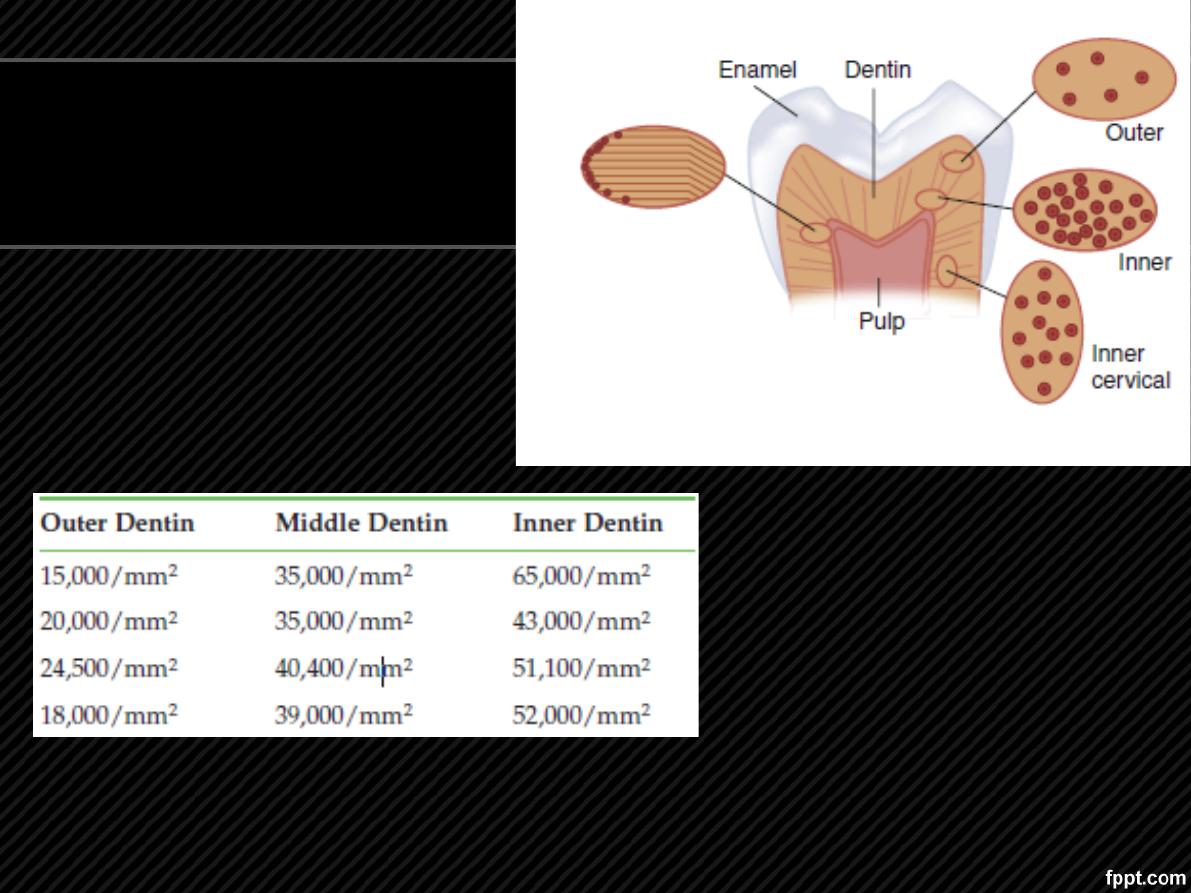
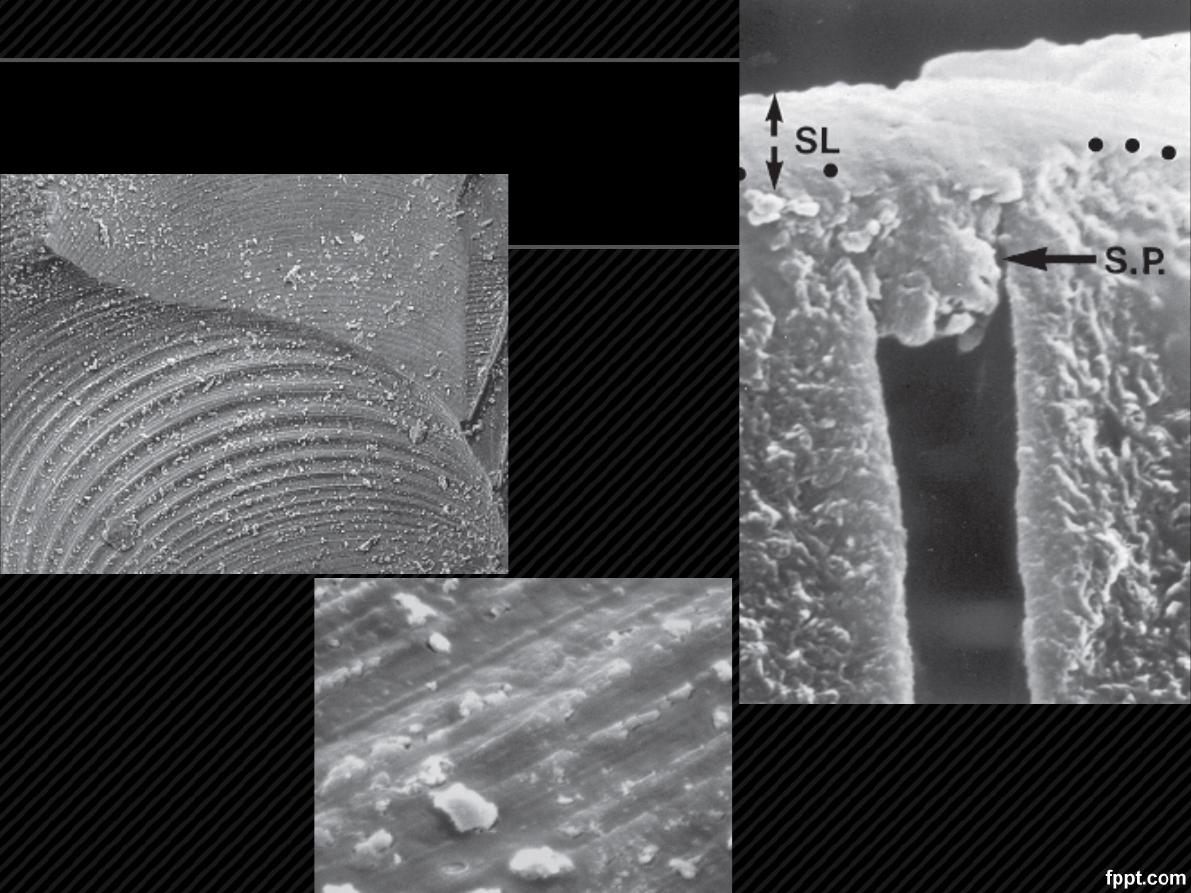
The Smear Layer

Dental Cements: Definition
•
•
Cements are generally hard, brittle materials formed
when a powdered oxide or glass is mixed with a liquid.
When mixed to a cementing consistency, dental
cements are used to retain restorations such as alloy
or ceramic crowns and bridges and esthetic inlays,
onlays, and veneers. When mixed to a thicker
consistency, some cements can be used as temporary
filling materials or to provide
thermal insulation and
mechanical support to teeth restored with other
materials, such as amalgam, composites, or gold.

Requirements of cavity lining
materials
•
The requirements of the cavity lining material chosen for any
specific application depend on the
depth of the cavity
,
which
determines the
thickness of residual dentine
between the base
of the cavity and the dental pulp,
and
the
type of filling material
which is being used
to restore the tooth
.

Requirements of cavity lining
materials
•
•
•
The purpose of the cavity lining, or
cavity base,
is
to act as
a barrier
between the
filling material
and the
dentine
which, by the dentinal tubules,
has direct access to
the sensitive pulp
.
This means that, the lining should provide a
thermal, chemical and electrical barrier
.
In addition, the cavity lining or base must have
sufficient
mechanical strength
to resist disruption
during the placement of fillings and provide a firm,
rigid base which will adequately support the filling
above it.

Thermal barrier
The cavity lining or base should form a
thermally insulating barrier
in order to
protect the pulp from sudden
intolerable
changes in temperature.

When we need Thermal
barrier?
•
1. A thermally insulating cavity lining is
required when a
metallic filling
, such as
amalgam is used. The
thermal conductivity
value for amalgam is about 40 times greater
than that for dentine.
2. In
deep cavities
, having only a thin residual
layer of dentine, there is a danger of
‘thermal shock
’ to the pulp when the patient
takes hot or cold food.
A layer of insulating cavity lining material of
sufficient thickness helps to prevent this.

When we need Thermal barrier?
3. Another potential cause of thermal injury to the pulp
is through the considerable amount of
heat
liberated
by certain filling materials during setting.
The acrylic resins, for example, can give a temperature
rise of
10ºC
or more for a small cavity, whilst some
light-activated composite materials can show a
transient increase of
15ºC
for an average-sized
cavity.
Temperature rises of this magnitude may cause injury
to the pulp and one function of the cavity lining is to
form an insulating barrier against such stimuli.

Chemical Barrier
Cavity lining materials should form a protective barrier
against potential chemical irritants present in some
filling materials.
Phosphoric acid in silicate materials, and acrylic
monomers in some resin-based materials, are two
such potential irritants.
The situation may again be complicated if the cement
itself contains irritants. Some cements may be
suitable for use in shallow to medium depth cavities
but totally unsuitable in deep cavities where they may
be placed adjacent to the pulp.
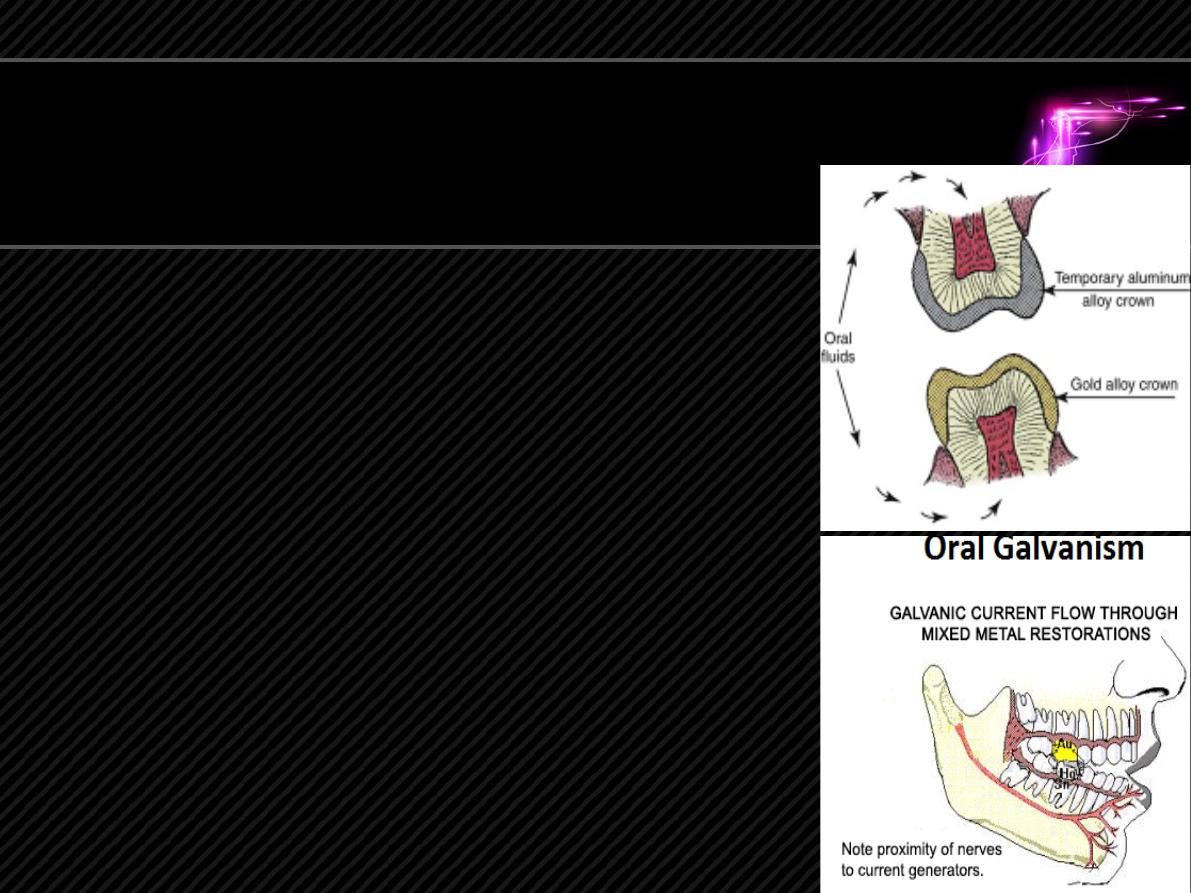
Electrical Barrier
When two
dissimilar metals
are placed adjacent to or
opposing each other (e.g. amalgam/gold) it is
possible to set up a
galvanic cell
which not only
accelerates corrosion but can cause pain
.
The use of an electrically insulating lining material
helps to prevent such activity. Unfortunately, most
of the lining materials used are either
water-based
or contain polar organometallic compounds
. They
are not, therefore, ideal electrical insulators.
Varnishes
consisting of less polar resins, such as
polystyrene, may be used to provide some
electrical resistance
. These are sometimes
painted onto the surface of metallic restorations
giving
temporary relief
to the symptoms of
‘galvanic pain’.

Strength and Flow
The vast majority of cavity lining materials are supplied as two
components which are mixed together, initiating a setting reaction.
The setting characteristics should allow sufficient time for mixing and
placing in the cavity followed by rapid setting in order that the filling
material can be placed without too much delay.
The lining should remain intact during the placement of the filling
material.
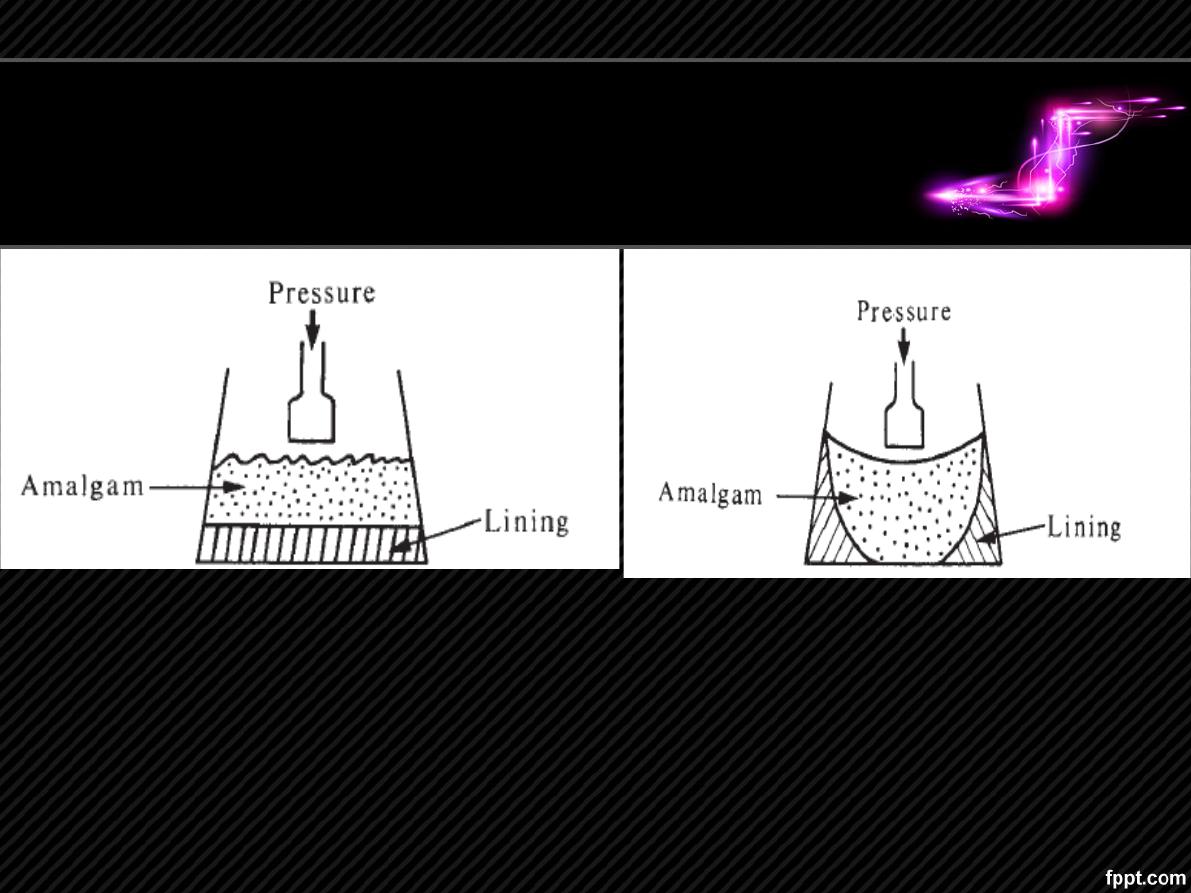

The integrity of the lining
depends on several factors.
1.
2.
3.
4.
5.
6.
The degree of set achieved at the time the filling
material is placed.
The strength of the set material and its thickness.
The type of cavity.
The pressure exerted during the placement of the
filling material.
The degree of support from surrounding structures.
The choice of correct operative techniques.
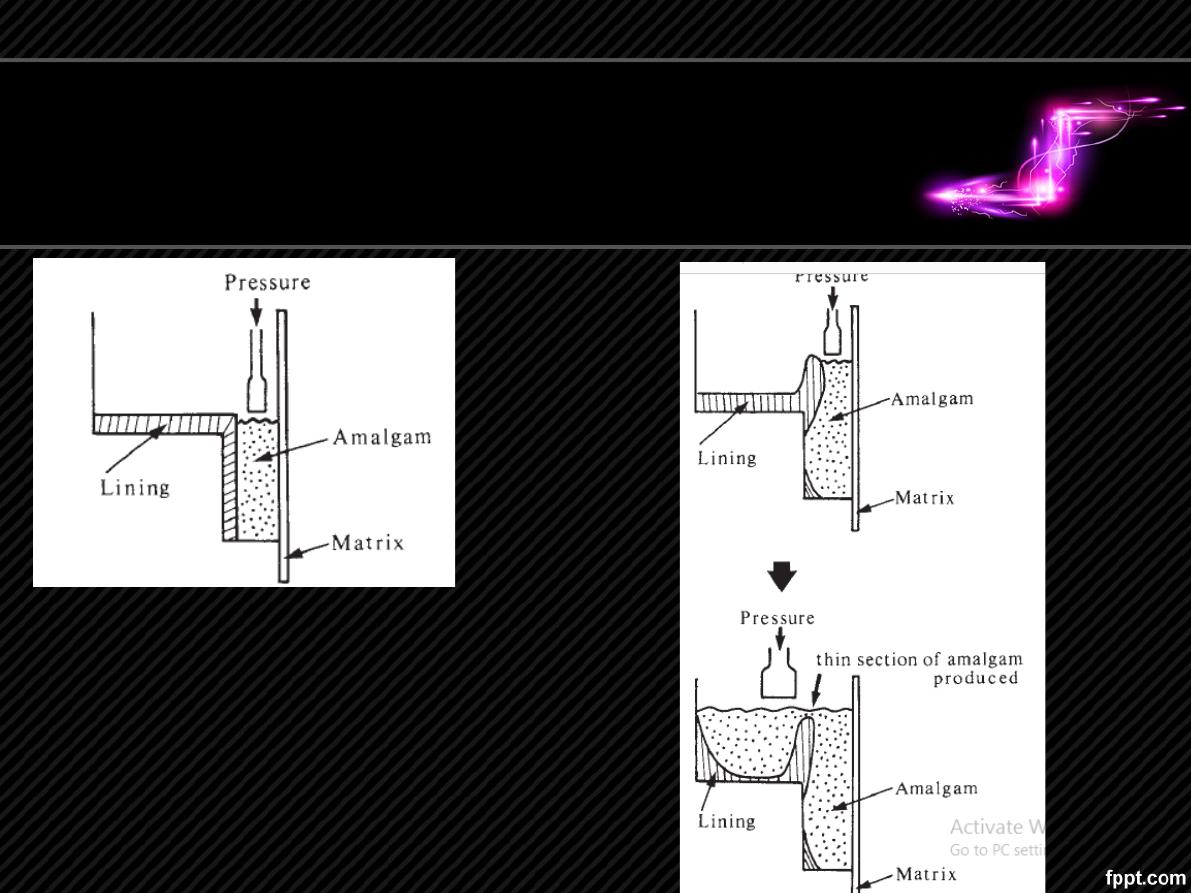
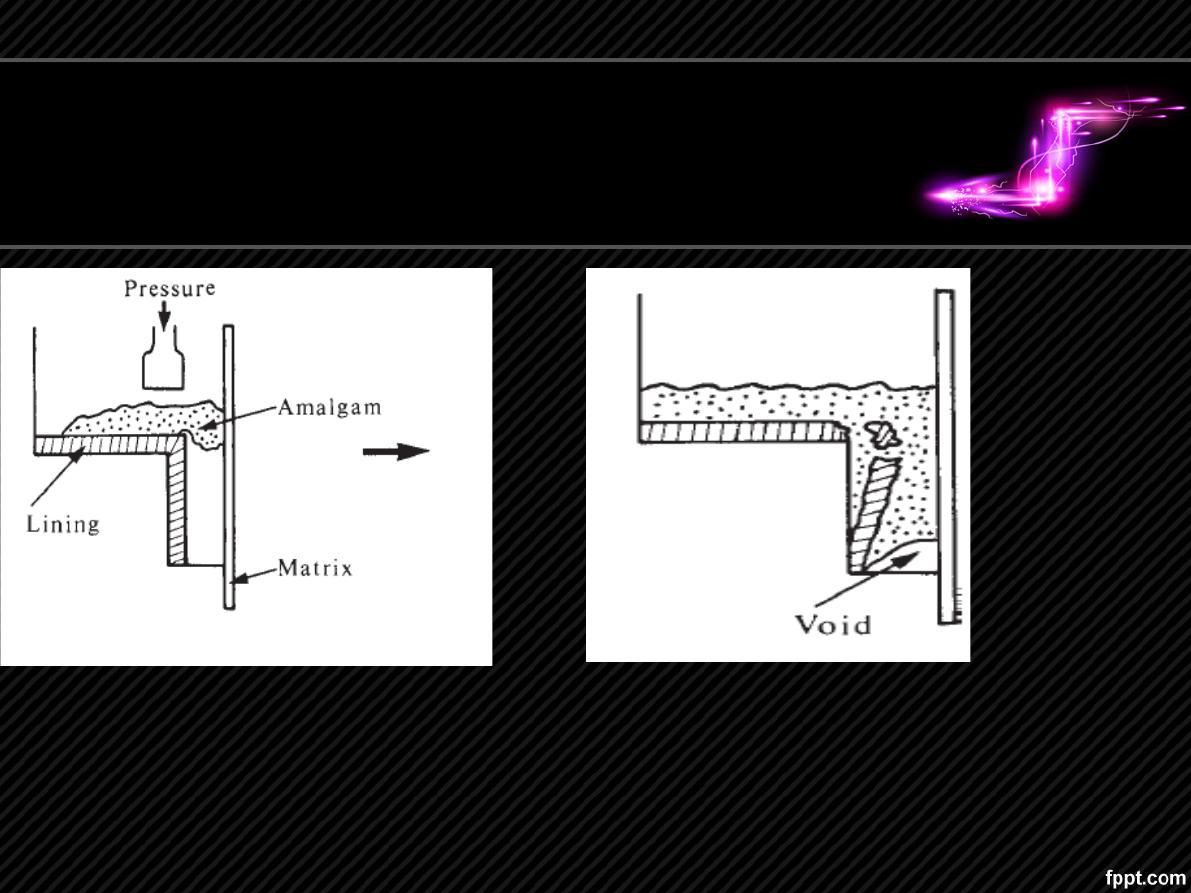
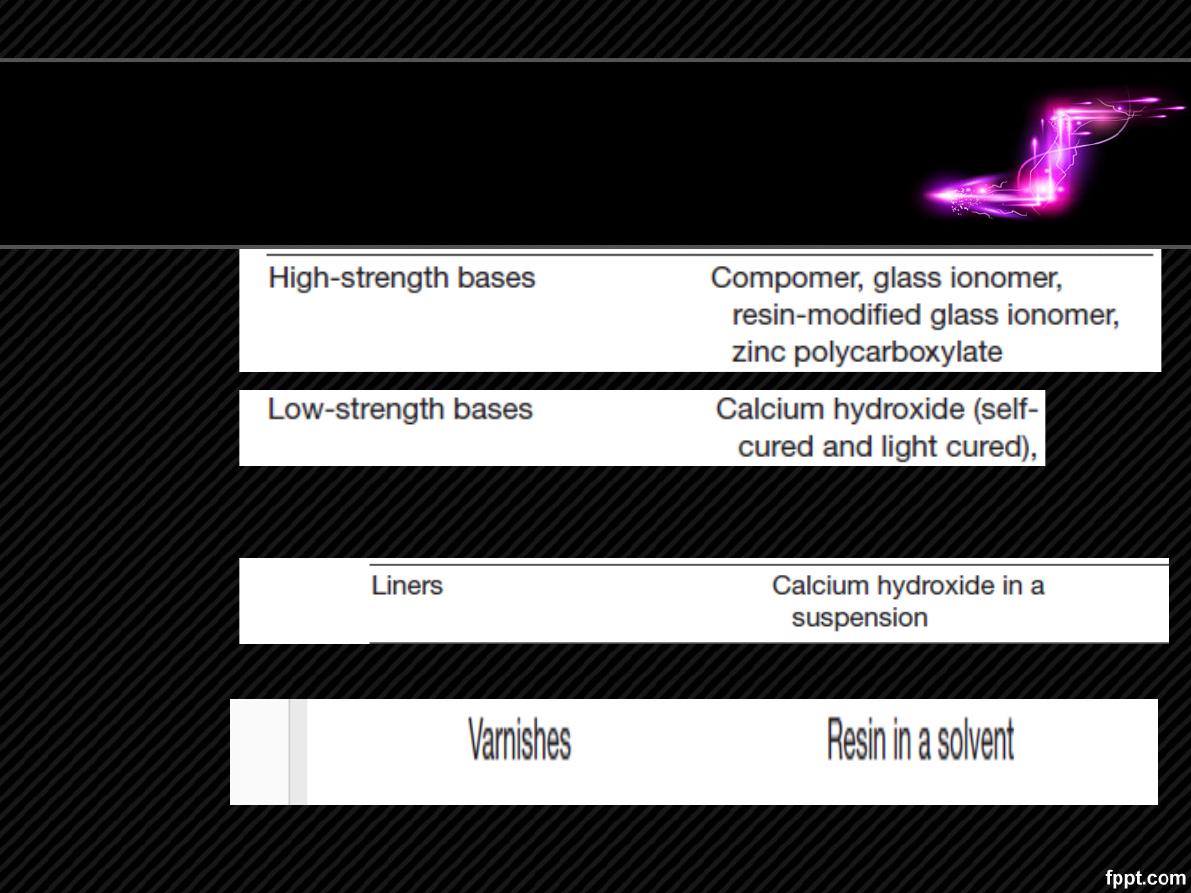
Classification According To
Strength
•
•
•
•
1.
2.
3.
4.

HIGH-STRENGTH BASES
High-strength bases are used to provide
mechanical support
for a restoration and
thermal protection
for the pulp.
Bases may be prepared from glass ionomer,
hybrid ionomer, or from a
putty-like
consistency of zinc phosphate or zinc
polycarboxylate cements.

Properties Of High Strength
Base
•
1.
2.
Some important properties of bases are:
High strength
, The strength must develop quickly
because the base may be required to support the
condensation forces
during the insertion of a dental
amalgam.
Moderate modulus of elasticity
, The ability of the base to
resist
occlusal forces and to support the restoration
is
affected by its modulus of elasticity. Zinc phosphate
cement provides the best support for amalgam because
it has the highest modulus of elasticity.

3.
Low thermal conductivity
. The base must
provide
thermal protection
to the pulp. The
thermal conductivity of cement bases should be
similar to that of tooth structure; thus, the base
can protect the pulp from thermal changes.
Effective protection requires that the base be at
least
0.5-mm thick
.

LOW-STRENGTH BASES
•
•
•
•
Low-strength bases form a cement layer usually with
minimum strength and low rigidity
.
These bases function as a
barrier to irritating
chemicals
and provide a
therapeutic benefit to the
pulp.
Examples of calcium hydroxide, glass ionomer, and
zinc oxide–eugenol (Type IV)
Low-strength bases are often called
“liners”
and
should be distinguished from the cavity liner
suspensions described in the next section.
